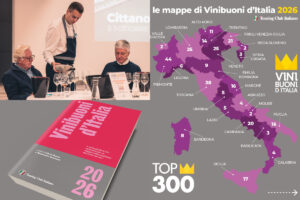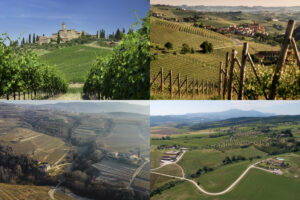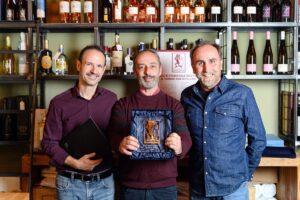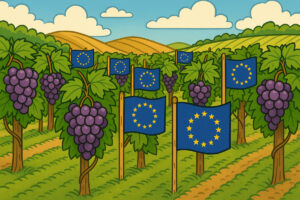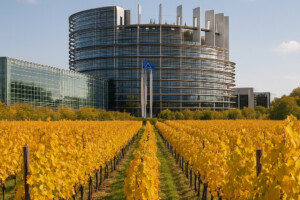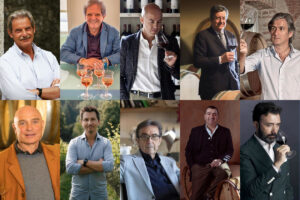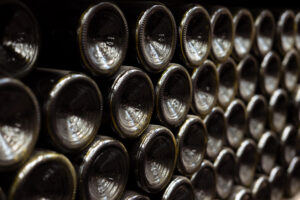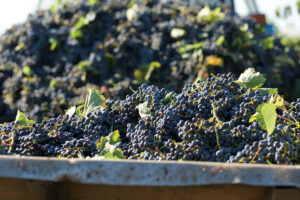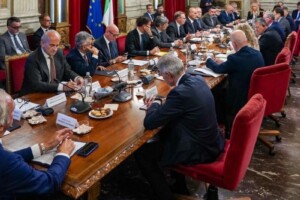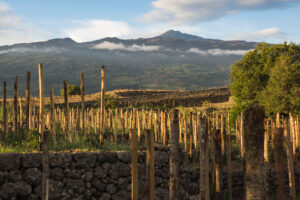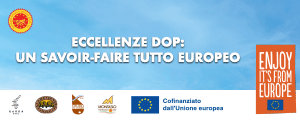The consumption trend has been growing for 12 years, and 2018 closed confirming the success of Made in Italy sparkling wines abroad. Excluding sparkling wines that maintained and consolidated the 2016-2017 figure of 220-230 million euros of bottles sent abroad, exactly 492.8 million bottles of Italian bubbles were consumed in the entire year in 124 countries. The “Italian method” bubbles took ninety-nine and a half percent of the total, of which the universe of Prosecco, DOCG and DOC, including Asolo and Cartizze represent exactly 80%. According to definitive data from the Sparkling wines observatory-Economy Research Center, Ovse-Ceves, the average value declared at the winery of 3.25 euros per bottle, corresponds to the average value in customs of 4.69 euros. The starting value at the winery for all bottles exported is 1.6 billion euros, which becomes 2.35 per shipment, generating a turnover of 5.5 billion euros on the world consumer market. This is a significant Italian flag for Made in Italy. In 2018 we have seen, compared to 2017, growing trends, not in all, but in the main countries, between + 5-9% in volume and + 8-15% in value.
Italian sparkling wines are continuing to save the entire Italian wine market abroad, even though value, origin and turnover of French sparkling wines is still more than double. However, for 2/3 of our production, the gap is closing, mainly in consumer value. As far as direct consumption, for similar traders, prices are not more than double and we are talking about a bottle of Prosecco compared to one of Champagne. In 10 years’ time, 50% of the gap between the two competitors has been closed. The ratio changes looking at the French leader wines as we are still behind in number and coverage on markets: Cava goes to 135 countries and Champagne to 190.
In the UK, the main destination for Italian bubbles and the best value /volume ratio, 124 million out of 200 million bottles consumed in 2018, were Italian, of which 113 alone were Prosecco. In the US we shipped 95 million bottles of which 78 were Prosecco. Germany is still the world's leading consumer of sparkling wines at 1.7 billion bottles of semi-sparkling and sparkling wines. 34 out of 100 million bottles imported in Germany are Italian of which 20 are Prosecco. In Russia, where the embargo saves Italian wine, Italy has started growing again, reaching 22 million bottles exported. In France, a new record of more than 11 million bottles, sparkling wines from Franciacorta and Cartizze did well and the best-known Prosecco brands did very well. Canada, they say, shows a decline in volumes compared to other traditional countries, due to the monopoly’s store repositioning, but also due to new contracts with France and very cheap prices from Australia. Italian bubbles, instead, have not made a breakthrough in China, the market that everyone wants to penetrate. There is consolidation of leader wines, while volumes of the new, young brands are not growing.
Prosecco DOC is the locomotive as well as the entire train. DOCG is a growing niche but needs a much stronger identification/ reference. Volumes and values are good, but are not enough to maintain long-term positions. Six million bottles were shipped to the UK, 6 million bottles to Germany, 5.5 to Switzerland, 4.5 to Austria, 4.5 to the USA, 1.5 to Canada for a total, globally, of about 40 million bottles. The Scandinavian countries did well, Sweden especially, but globalization still affects it, so a bottle of Prosecco DOC Martini in the wine shops of Systembolaget costs 85 Corone and a Freixenet Prosecco DOC Italien Venetien costs 99 Corone. In 2018, France and Australia both did better than in previous years worldwide, but what is really surprising is the strong trend for Cava in some mature countries and some new ones.
Giampietro Comolli, president of Ceves and Ovse, said, “on foreign markets, even Prosecco is consumed outside meals, like Brunello or Bolgheri, seasonal adjustment is greater, as is the interest in rosè wines. In 2018, we reported a sizeable introduction of Italian sparkling wines in important non-Italian restaurants, but domestic consumption is increasing as well and online purchasing is on the rise. Italian producers, though, are very late since the largest profit margin with e-commerce, about 50% of the initial value, all goes to distributors and small importers’ platforms. Some foreign markets are growing, others are struggling and this is a topic we must discuss and understand better. The USA and the UK have perfect models while the German model needs to be changed”.
Copyright © 2000/2025
Contatti: info@winenews.it
Seguici anche su Twitter: @WineNewsIt
Seguici anche su Facebook: @winenewsit
Questo articolo è tratto dall'archivio di WineNews - Tutti i diritti riservati - Copyright © 2000/2025












